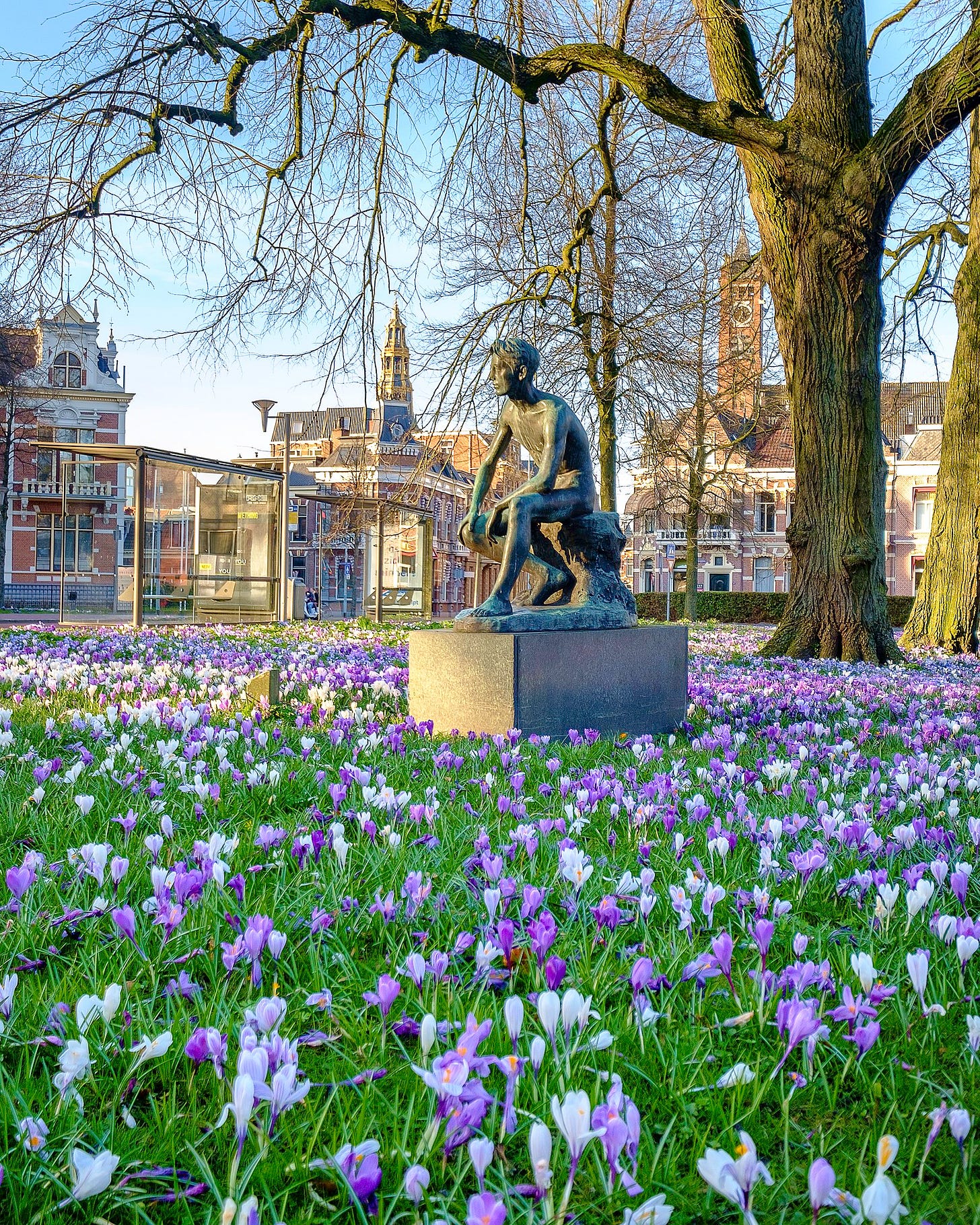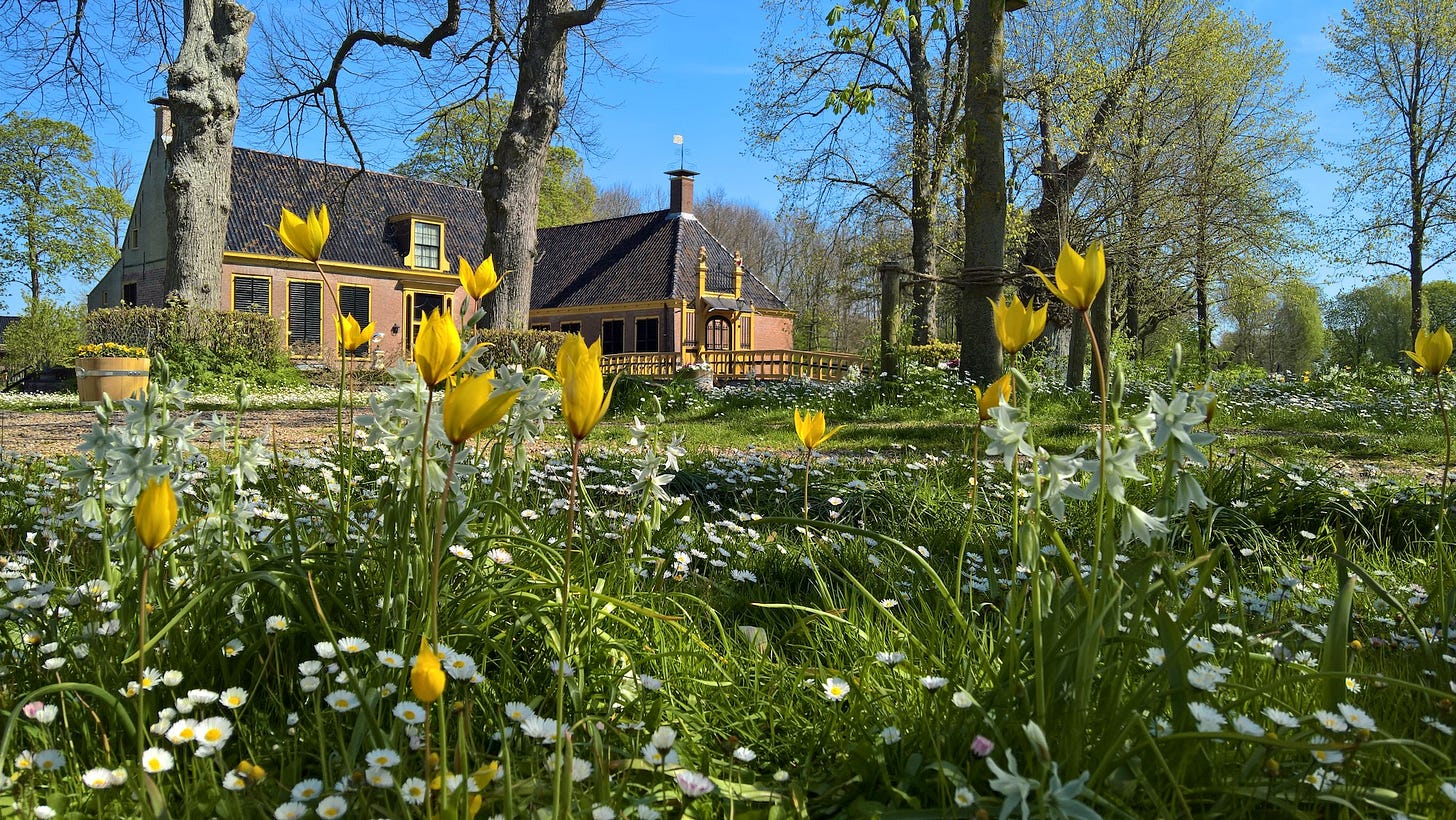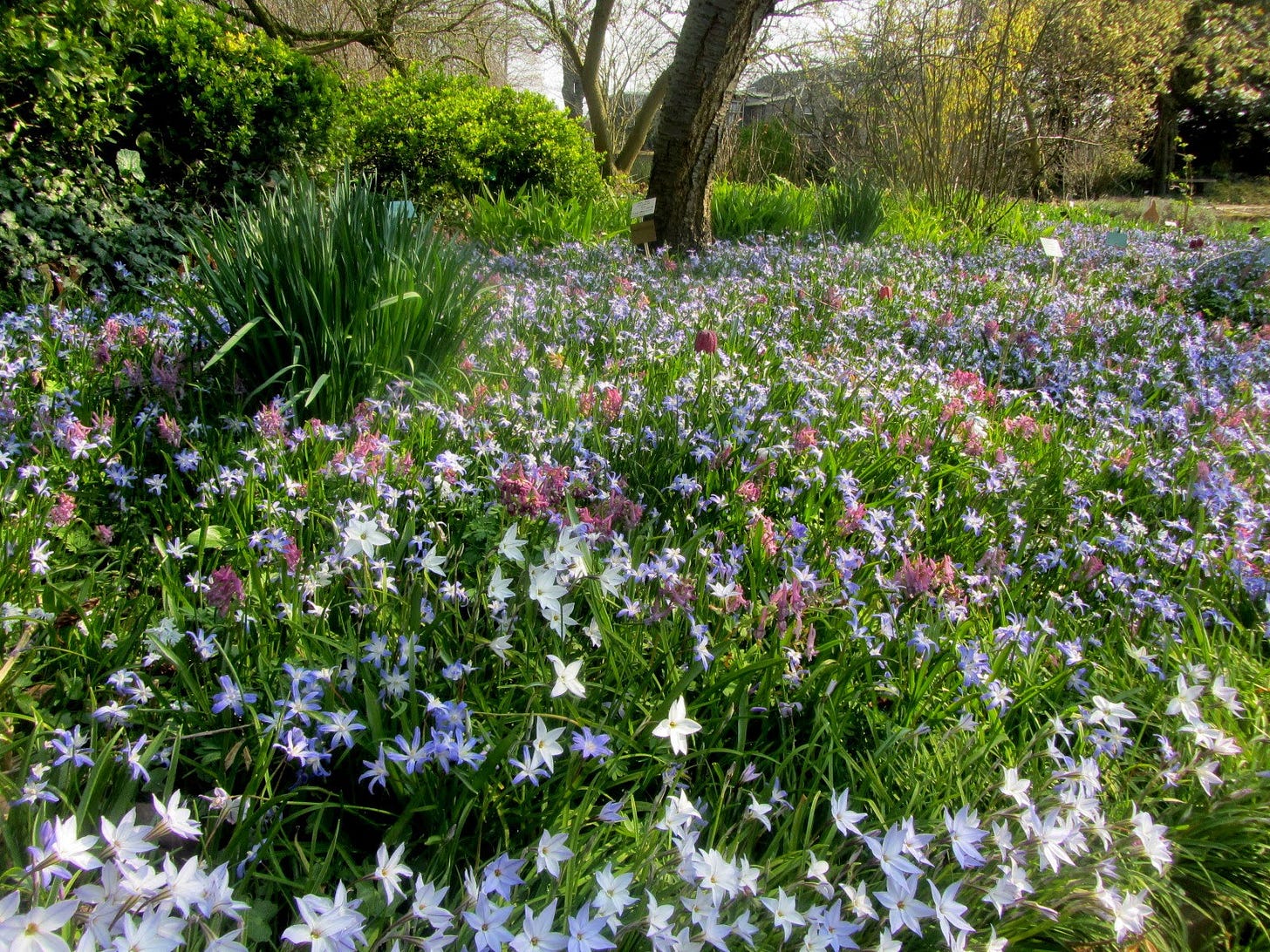Stinzenplanten: How to Add Startling Beauty and Eco-services to Your Lawn
Stinzenplanten refer to lawns that are heavily planted with naturalized flowering bulbs. They harken back to the 16th century, when Frisian country estates, castles and stone houses were freely planted with a variety of successional flowering bulbs, rhizomes and tubers. These days, although it still refers to these country estates, it also includes the meadows that continue to bloom even though the dwellings are long gone.
It’s a style that has been making a come back recently, as it fits in rather perfectly with several modern garden trends. Naturalistic planting designs and habitat gardens seeking to add diversity and early blooming food sources for pollinators, while reducing monoculture turf grass. Meadow punks and cottage core addicts, that want something altogether ‘wilder’, with a dreamy aesthetic. And eco-nerds that seek to eliminate chemical and fossil fuel usage and over-zealous maintenance practices. Think no mow may, spread over the whole year, with a succession of blooms from late winter well into summer.
You could easily use the idea of Stinzenplanten, as a way to begin transforming under-utilized conventional turf areas. It makes a great project to take up in the fall, and can be accomplished a bit at a time over a few years. Not as drastic or involved as turf removal and the art of true meadow making, but just as satisfying.
You could begin by roughing up the turf, removing chunks to create small troughs and holes; loosening the fibrous roots as you go. Or, join the recent craze for bulb planting with large drill bits (even easier). The troughs/ holes are then filled with a variety of diminutive bulbs, I would suggest a mix of those native to your area plus some show-stopping favourites of the Stinzenplanten genre. The more diversity the better. Or, if you prefer, in patterns, like great waves washing across the grassy surface.
The following spring you’ll get a first showing of your work. You’ll soon know what has been successful and what needs some improvement. And as the seasons move along, you can continue breaking up the turf grass, adding some lowing growing annuals and prairies grasses if you want a wilder feeling. Eventually, you may feel yourself leaning towards one style more than another. And if you need a bit more of a controlled feeling, try mowing a strip along the edges or creating a ‘path’ or even a labyrinth if the space is large enough. Eventually, you may find yourself with a full blown mini meadow, forests edge glen or a naturalistic perennial dream, it’s all up to you.
And now, is the perfect time to start planning. As you’ll need a multitude of bulbs, most likely several thousands, you’ll want to source them ahead of time. So, ask around (or check online) with local nurseries and suppliers to see if they offer bulk ordering. You should be able to get a larger number of bulbs at a more reasonable price and also get to choose from a good selection. Native varieties may be a bit more difficult to come by, and often require pre-ordering, but they are out there. Check for native specialist nurseries in your area.
A little research will help too, knowing the exposure and conditions present in the area to be planted will also inform your choice of plant material. It’s always best to stick with, right plant- right place, to ensure a higher rate of success. Most bulbs, are well adapted to free-draining mineral-based soils with sunny exposures, but there are always exceptions.
Often times, we find that we don’t know what we really want in our green spaces until we get dug into it (so to speak), so why not take a small step towards an eco-friendly, garden filled with life, one Stinzenplanten patch at a time?
-Sara-Jane at Virens Studio
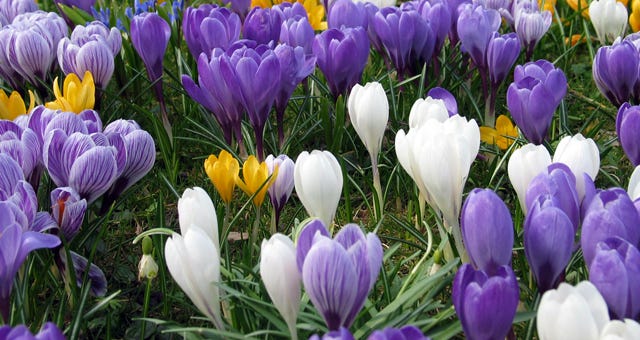



Stinzenplanten Classics
Chionodoxa
Ornithogalum
Leucojum
Hyacinthoides non-scripta
Narcissus Pheasant's Eye
Tulipa sylvestris
Corydalis
Crocus
Galanthus
Scilla
Eranthis cilicia
Gagea lutea
Anemone
Narcissus pseudonarcissus
Fritillaria meleagris
Hyacinthoides
Arum
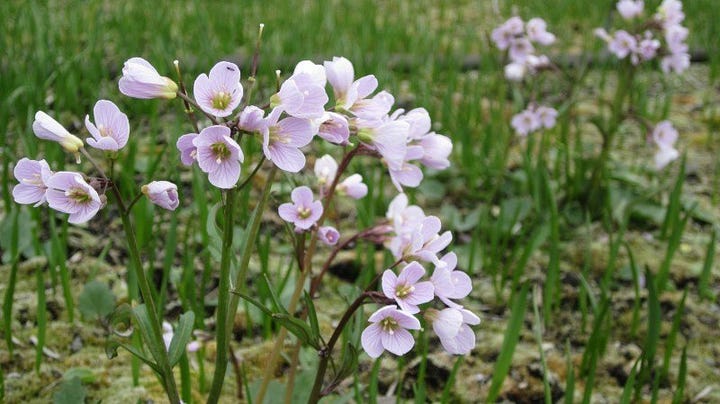
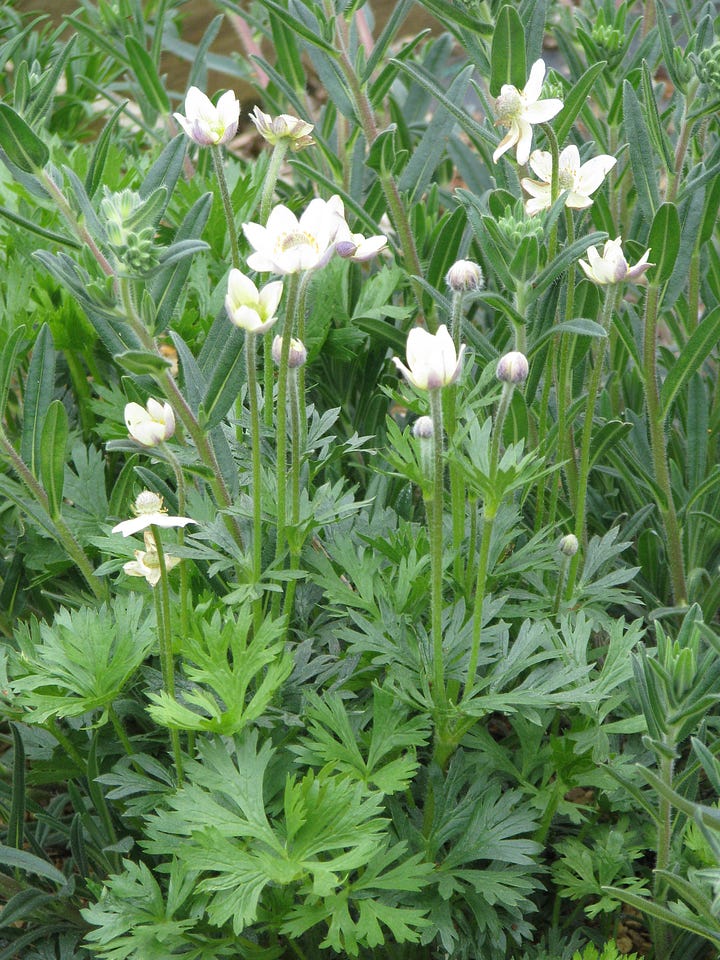


PNW Natives to try
Fritillaria pudica
Brodiaea coronaria
Allium cernuum
Triteleia ixioides
Trillium albidum
Fritillaria affinis
Allium amplectens
Allium acuminatum
Anemone multifida
Anemone occidentalis
Cardamine pulcherrima
Dodecatheon pulchellum
Erythronium oregonum
Allium dichlamydeum
Allium douglasii


